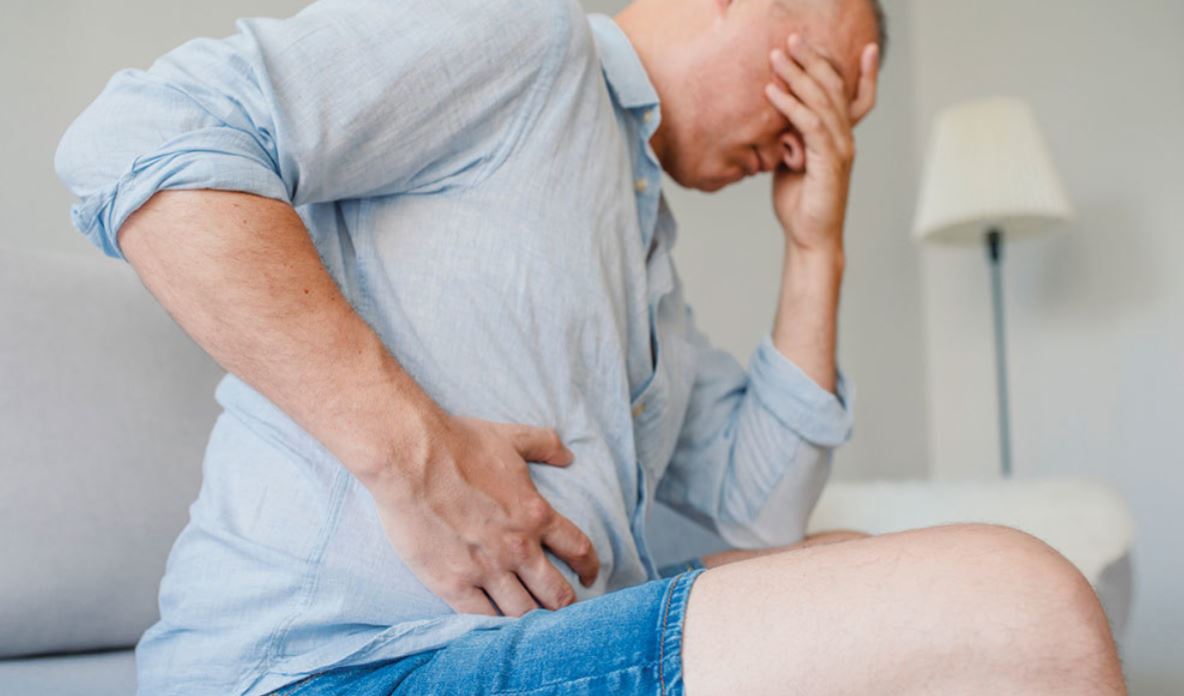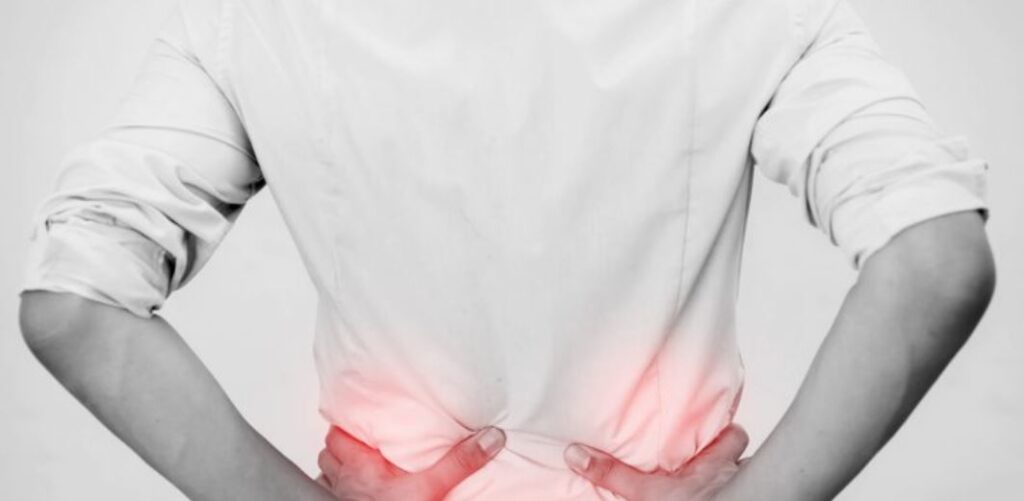The Dai Mai Vessel is an extraordinary vessel, also known as the Girdle Vessel, since it is the only horizontal vessel that divides the body at the stomach. This Vessel encircles the channels around the Stomach, such as the Du Mai Vessel, the Chong Mai Vessel, and the Stomach channel. It is associated mainly with the free flow of Liver Qi, the ascending and descending of Essence within the Kidney and the rising of the Spleen-Qi. The Girdle Vessel starts from the Hypochondrium at LIV-13 Zhangmen and connects G.B.-26 Daimai, G.B.-27 Wushu, G.B.-28 Weidao, and the Kidney Divergent channel at the point BL-23 Shenshu in the back.
The Liver and The Gallbladder
The Vessel can lighten Liver Qi Stagnation and Gallbladder Dampness. The pathological sensation of a swollen stomach can be treated by the Dai Mai Vessel points G.B.-41 Zuliniqi and T.B.-5 Waiguan alongside the LIV-13 Zhangmen. The Gallbladder channel that passes through the Girdle Vessel can assist with the pathological conditions of the head when the symptoms include temporal headaches, dizziness and red eyes. The points used are; G.B.-41 and T.B.-5 accompanied by LIV-3 Taichong and G.B.-43 Xiaxi.
Dampness within the Lower Burner
The Girdle Vessel also acts like a belt with tension that helps circulate Qi in the channels of the leg within the abdomen. When there is excessive tightness, or a Full condition, Qi is stagnant which leads to dampness. On the other hand, when there is excessive looseness, or an empty condition, Qi is not restrained and so the Lower Burner experiences the descension of Spleen- Qi Kidney- Qi and Dampness.
Therefore, it is used to resolve dampness with excessive vaginal discharge and difficulty when urinating. For example, Vaginal discharge in a full condition is treated with the Dai Mai Vessel points G.B.-41 Zulinqi and T.B.-5 Waiguan, in conjunction with G.B.-26 Daimai and Ren-3 Zhongji, ST-28 Shuidao and SP-9 Yinlingquan. In an empty condition, the points used include; G.B.-41 Zulinqi and T.B.-5 Waiguan together with G.B.-26 Daimai, Ren-6 Qihai, ST-28 Shuidao, SP-9 Yinlingquan, BL-20 Pishu and BL-23 Shenshu.
The Fullness and Emptiness of the Girdle Vessel
In a Full pathology, there is a Cold Dampness that invades the Spleen Channel, which makes the body feel heavy. As mentioned before, treating full pathology of the Dai Mai Vessel in Dampness the points G.B.-41 and T.B.-5 Waiguan are used with G.B.-26 Daimai and Ren-3 Zhongji, ST-28 Shuidao and SP-9 Yinlingquan.
In Emptiness, Qi is deficient since the “belt” becomes loose, lets go of the Post-Heaven Qi and allows Qi to sink. Consequently, Atrophy Syndrome, also known as Wei Syndrome, can occur in Empty pathology and may lead to miscarriages. The Kidney, Directing Vessel and the Girdle Vessel must be harmonized in order for the fetus to be stable in pregnancy.
The target in treatment is tonifying the Pre- and Post- Heaven Qi to aid the ascension of clear Qi. The points used are G.B.-41 Zulinqi and T.B.-5 Waiguan together with G.B.-26 Daimai, Ren-6 Qihai, ST-28 Shuidao, SP-9 Yinlingquan, BL-20 Pishu and BL-23 Shenshu.
Qi in the Legs

The channels of the legs are connected to the Dai Mai Vessel, therefore pathology can be seen as cold legs, purple feet or tense leg muscles. Sclerosis is treated with the Girdle Vessel because it is seen as a form of Atrophy Syndrome in TCM.
The spine and the rectus abdominis are the Ancestral Muscle, or the Zong Jin. It starts in the pubis and the Yin and Yang channels meet at the point ST-30 Qichong on the Bright Yang. Therefore, the Ancestral Muscle and the ST-30 Qichong are the intersections to the Stomach channel, the Chong Mai, the Du Mai, and the Girdle Vessel. The Girdle Vessel encircles the remaining channels.
The Stomach is the main channel treated because it controls the Zong Jin. The points G.B.-26 Daimai, G.B.-27 Wushu, and G.B.-28 Weidao. Enhancing the point ST-30 Qichong itself will assist with the flow of Qi within the Stomach channel.
To enhance the Girdle Vessel itself, the points G.B.-41 and T.B.-5 Waiguan alongside G.B.-26. On the other hand, to enhance the Penetrating Vessel, the points ST-30 Qichong and ST-36 Zusanli with the point KI-11 Henggu are used. Lastly, the point Du-4 Mingmen strengthens the Governing Vessel.
Abdominal Pain
Pathology of the Dai Mai Vessel manifests as abdominal pain in the back or back pain that appears in the abdominal area. This pain is due to Liver Qi stagnation or Dampness. The points G.B.-41 and T.B.-5 are paired with G.B.-26 Daimai and BL-23 Shenshu.
The Hips
The Dai Mai Vessel is connected to the hips because it can treat hip pains, the Dampness in the Lower Burner and a wiry pulse that is long and strong is present in Middle Positions. The points to treat the hips are the opening points G.B.-41 and T.B.-5 and the G.B.-30 Huantiao.








That was interesting . I love your quality that you put into your post . Please do move forward with more similar to this.